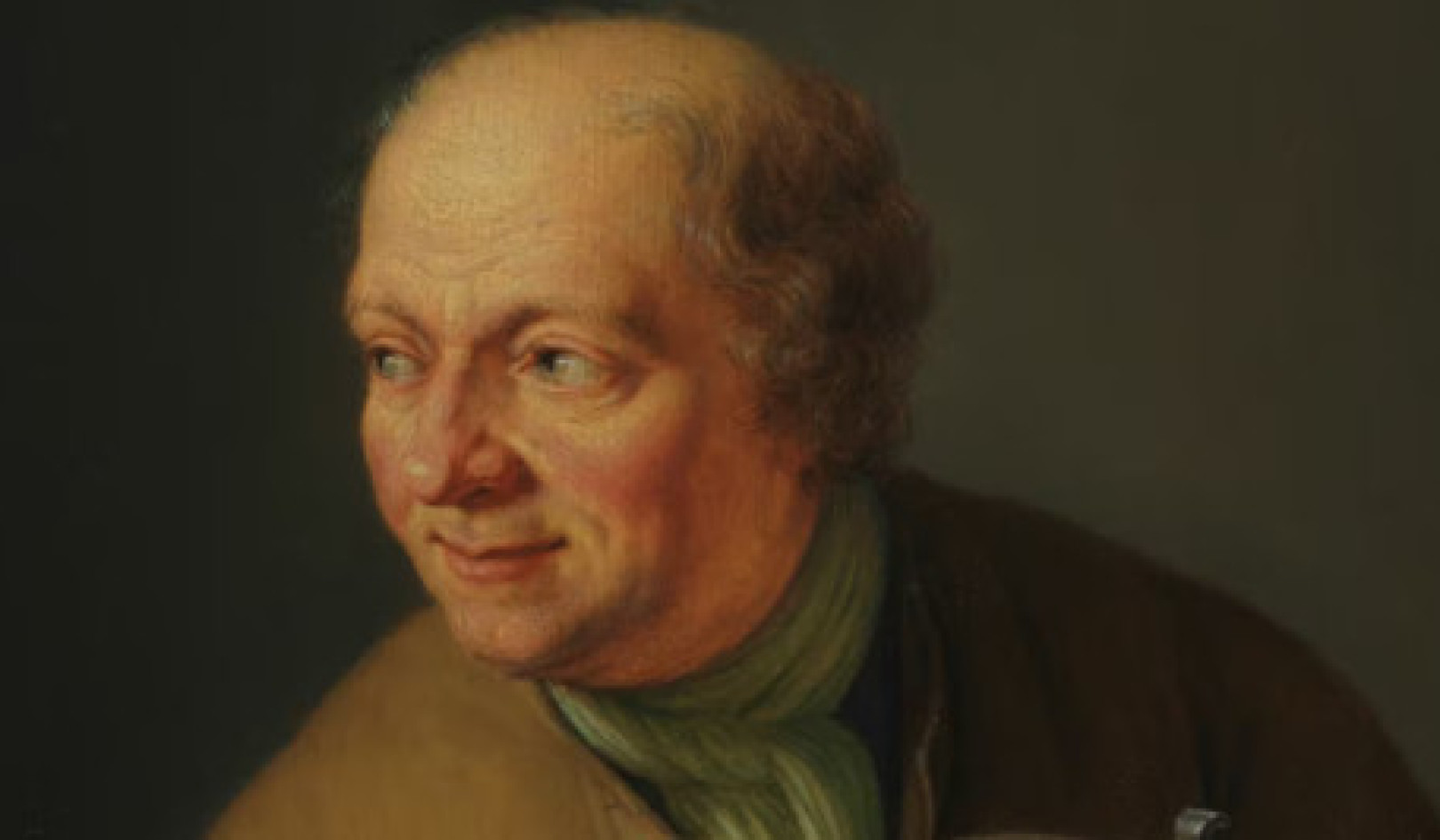
It is through knowing who you are not
that the greatest obstacle
to knowing who you are
is removed.
Eckhart Tolle
The mystical journey is often described as a passage through different stages of spiritual development. At the end of that journey, beyond Heaven’s door, there are no more steps, no more stages, no more time, no more body — only eternal love. Regardless of how the stages are enumerated and described in different versions of the mystical path, the spiritual journey always starts with the miracle of awakening and a longing for truth. Something begins to stir inside and the heart wants to know more.
Awakenings may happen because of some alarming event like a negative medical diagnosis or the death of someone you love. An awakening may rise out of necessity or it may come as a “sobering” of a drunken ego overwhelmed with guilt.
Once awakened, we must prepare ourselves for the journey. We do this through purgation — the act of freeing ourselves from excess, from superfluous entanglements, from the overindulgence and sloth that can dominate life and serve as a block to the awareness of love’s presence. Purgation — cleansing or purifying — thus stands at the beginning of every spiritual path.
First Things First
Miracles are everyone’s right but purification is necessary first.
(Principle #7 of the Course)
The ego uses the body for attack, pleasure, and pride. In the hands of the Holy Spirit, on the other hand, the body is a learning device. We learn through communication, and the purpose of communicating is healing. We must heal all of our relationships before we can open Heaven’s door. Since that door can only be opened in love, we cannot get into Heaven alone, but only together as One.
Since the body has a function in the world, it is best to fulfill that function. When its time is done, however, we can lay it gently aside and rest awhile from labors gladly done and gladly ended. The ego stands at the center of all that is artificial and perishable. While the ego dreams, Spirit is slowly awakening us to eternal life.
Evelyn Underhill writes in Mysticism that “no mystic can omit the initial stage of purgation and a putting aside of the old for the new to be born.” Those who know they are on a spiritual path begin to “let go” of the blocks. Sometimes purgation includes a catharsis, a confession — getting it off your chest. The fifth step in the twelve-step program of Alcoholics Anonymous is to admit to God, to ourselves, and to another human being the nature of our misperceptions. This helps to reduce the likelihood of falling back into denial.
No Stand-Ins
Seek not your Self in symbols. There can be no concept
that can stand for what you are.
(T–31.V.15:1–2)
Having built up a host of defenses against the truth, as we turn and look more deeply within, it’s not surprising that we become more aware of the blocks we have placed between ourselves and others — and thus, between ourselves and God. Purgation means being willing to look at the blocks we need to release, so we can truly be healed. In his book The Art of Living: Vipassana Meditation, William Hart likens the process to the surgical operation of lancing a pus-filled wound. In a similar vein, Trappist monk Thomas Merton says of his early experiences: “. . . my soul was broken up with contrition, but broken and clean, painful but sanitized, like a lanced abscess.”
Those who awaken because of a “crash-and-burn” experience often undergo a profound purification. Of course, we don’t like to hear that the lessons we must learn are those we have brought upon ourselves. But the Course tells us: “Trials are but lessons that you failed to learn presented once again, so where you made a faulty choice before you now can make a better one, and thus escape all pain that what you chose before has brought to you. In every difficulty, all distress, and each perplexity Christ calls to you and gently says: ‘My brother, choose again’” (T–31.VIII.3:1–2).
Indeed, we can find our way Home only by accepting responsibility for everything that seems to come our way. This may entail a literal “letting go” of things, relationships, or status. British author Aldous Huxley, after watching his house burn to the ground, said that the experience left him with “a marvelously clean feeling.” When he lost every “thing,” his life turned more deeply inward. Indeed, for many mystics, the final goal is complete emptiness. The “letting go” may involve a political struggle, career ambitions, an unhappy marriage, an eating disorder, or an addiction to a drug or alcohol. No matter the target, the solution is always “undoing” rather than doing.
Fasting is often used as a means of purgation in mysticism. Fourteenth-century Italian Saint Catherine of Siena said she had little need for food because she found nourishment in the abundance of grace she received. Fasting for prolonged periods produces a change in blood chemistry as surely as does the ingestion of a psychotropic. It is a part of the puberty rights of many native tribes, including the vision quests of the Sioux Indians. Indeed, fasting is part of the training of mystics all over the world.
Galen, a Greek medical scholar in the first century, even claimed that “dreams produced by fasting are clearer.” “The overstuffed body cannot see,” Don Juan of the Castaneda series explains. Revelation comes to Moses, Elijah, and Daniel after long periods of fasting, while both the Koran and the Old Testament stress its importance.
Fasting heightens mental clarity and removes unnecessary weight and toxins. It helps us retain energy and sharpens the senses. Fasting is not a required step in the development of a contemplative life, however. It is simply a tool, a means of bringing an abused body back into balance.
Solitude and Silence
Solitude and silence are both types of purgation. The soul is overwhelmed by “the city” — by a constant bombardment of news and media, by ego games, and by the noise of politics. On the other hand, the soul is nourished in solitude. It craves silence. Solitude gives us time to work, think, or rest without distraction. Many holy men lived in seclusion during the first centuries of the Christian Church. Before there were monasteries, individual hermits lived in caves.
Seclusion makes it easier to concentrate, maintain mindfulness, and become contemplative. While mystics often spend time alone, however, they can also be highly “connected” because, lacking blocks to the awareness of love’s presence, they love everything. Paradoxically, solitary mystics can be the most connected individuals.
Zoroaster was alone in the mountains when he received his revelation. Moses was alone in the wilderness when he saw the burning bush and heard God’s voice. Buddha was sitting alone under the Bodhi tree when he experienced his enlightenment. Only after that did he begin to teach. Jesus spent forty days and forty nights in the wilderness, where he was tempted by the devil (the ego). “After that, he began to preach” (Matthew 4:17). Mohammad was sitting alone in a cave when he heard the word “Recite” and then received the Koran. “Something equivalent to the solitude of the wilderness is an essential part of mystical education,” Underhill maintains.
Rumi tells us to listen to the voice that doesn’t use words. Catherine of Siena spent three years in hermit-like seclusion in a little room, which can be seen to this day. She lived in her own small house, entirely cut off from the life of her family. She found, she said, “the desert and solitude in the midst of people.” Likewise, Thomas Merton tell us: “It is in deep solitude that I find the gentleness with which I can truly love my brothers. The more solitary I am, the more affection I have for them. Solitude and silence teach me to love my brothers for what they are, not for what they say.”
Shhhhhh!
The whole of life is diseased.
If I were a doctor and I were asked my advice
I would say, “create silence.”
(Søren Kierkegaard)
Retraining your mind to think with Spirit instead of ego is like starting a body-building regimen for someone who has been sick. Daily, gentle workouts are the most helpful. Try beginning and ending each day free from distractions. If you can avoid it, do not wake up with an alarm —especially a radio alarm. Try to begin each day by reading a lesson or a section from the Course or some other inspirational material. If you have time, do some stretching or some yoga, or simply meditate. Avoid immediately turning on the television or the computer. Doing so jolts you back into the world.
Thoreau acknowledged the value of this gentle awakening when he wrote: “Morning is when I am awake and there is a dawn in me.” His contemporary, Harriet Beecher Stowe, understood it as well: “Still, still with Thee, when purple morning breaketh, when the bird waketh, and the shadows flee, fairer than morning, lovelier than daylight dawns the sweet consciousness, I am one with Thee.”
As we get older, the spiritual path takes on increased meaning as many of the externals of life seem less significant. A friend of mine shared her thoughts on this with me:
Now seventy-eight years old, and seeing the dreamlike nature of the world, and appreciative of the Zen-like approach of letting go and letting be; I perceive mental conditions associated with aging as possibly being a withdrawal of consciousness from this present dreaming of the world, in preparation for the next state of awareness/existence after the dropping of the body. In other words, they may be quite natural shifts in consciousness.
©2018 by Jon Mundy. All rights reserved.
Reprinted with permission of the publisher,
Weiser Books, an imprint of Red Wheel/Weiser LLC.
Article Source
A Course in Mysticism and Miracles: Begin Your Spiritual Adventure
by Jon Mundy PhD
 Mysticism is the core of all true religions, and its teachings offer a way, or a path, to living in harmony with the Divine. Both informative and inspirational, A Course in Mysticism and Miracles can motivate us to do the work required to develop a contemplative life. Its insights reveal that peace is available to us all.
Mysticism is the core of all true religions, and its teachings offer a way, or a path, to living in harmony with the Divine. Both informative and inspirational, A Course in Mysticism and Miracles can motivate us to do the work required to develop a contemplative life. Its insights reveal that peace is available to us all.
Click here for more info and/or to order this book.
About the Author
 Jon Mundy, PhD is an author, lecturer; publisher of Miracles Magazine www.miraclesmagazine.org, and Executive Director of All Faiths Seminary International, in NYC. A retired university lecturer, he taught classes in Philosophy, Religion, and Psychology. He is co-founder, with Rabbi Joseph Gelberman, of the New Seminary for the training of Interfaith Ministers; and cofounder, along with Rev. Dr. Diane Berke, of Interfaith Fellowship with services in Cami Hall across from Carnegie Hall, in New York City. He also appears on occasion as Dr. Baba Jon Mundane -- a standup philosopher comedian. Visit Dr. Mundy's website at www.drjonmundy.com
Jon Mundy, PhD is an author, lecturer; publisher of Miracles Magazine www.miraclesmagazine.org, and Executive Director of All Faiths Seminary International, in NYC. A retired university lecturer, he taught classes in Philosophy, Religion, and Psychology. He is co-founder, with Rabbi Joseph Gelberman, of the New Seminary for the training of Interfaith Ministers; and cofounder, along with Rev. Dr. Diane Berke, of Interfaith Fellowship with services in Cami Hall across from Carnegie Hall, in New York City. He also appears on occasion as Dr. Baba Jon Mundane -- a standup philosopher comedian. Visit Dr. Mundy's website at www.drjonmundy.com
Books by this Author
at InnerSelf Market and Amazon


























